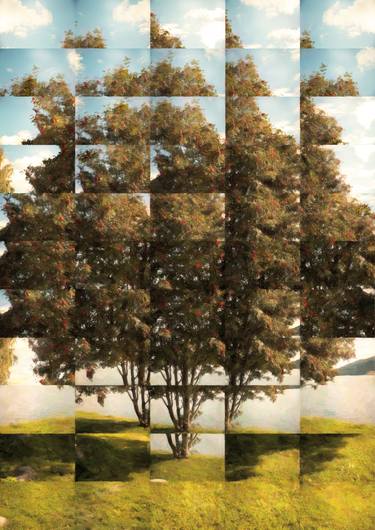
Harvey Schipper
Toronto, ON, Canada
In February 2022 FRAMES, a European fine art photography journal, honoured me with a lengthy profile...
About the artist
Harvey Schipper
Joined In 2017

(20 Followers)
About the artist
Harvey Schipper
Joined In 2017

(20 Followers)
ABOUT
EDUCATION
EXHIBITIONS
RECOGNITION
In February 2022 FRAMES, a European fine art photography journal, honoured me with a lengthy profile. You can access it with this link:
I am often asked, "What is my style?" Many comment that my work is very painterly; soft colours, abstract gestures, perhaps more mood and tone than documentation. Others posit that I'm a soft documentarian, often with a wry or subtle ironic sense. I'm neither, and as I explain below, my style is one of 'resonance'. My artistic goal in presenting an image is to take you into the moment and have you linger, even come back to consider the story further. As with a materials artist who matches material to context, my goal is to match a style with the story. It is artistic eclecticism. My intent is that the image so resonate with the moment that every aspect takes you, the viewer there. Its not the big bang of first sight, though that certainly helps. Rather I hope you will be intrigued by the emerging story, and the small details that keep bringing you back. What follows is how I got there.
.............................................................................
I still have memories of the ominous knock on the darkroom door of Oakwood Collegiate in Toronto at about 2:00 a...
I am trained as engineer and physician, and as a camera artist. The scientific training brings discipline to my photography. In return, my photography refreshes my curiosity, and brings to my physician life opportunities see things differently and influence the course of medicine. The two words come together in my artist's statement:
Photography is my outlet for two passions: curiosity and a desire to tell a story. My curiosity is about how things work; about people and communities, things and places. I relish the unexpected, and the moment of insight that casts things in a different light.
The blanks in sensing, observing, or understanding create the mystery – the ambiguity in mystery that comes from not knowing. There is also a powerful attraction. If something is totally explicit, figuratively we take it in within an instant and then move on to the next thing. When we engage mystery we are drawn to linger, puzzle, contemplate. I want to learn more. Translating that into a photographic approach invites a partnership with revelation.
Whether it’s a landscape, or people, or something abstract, I want you, my viewer, to be resonant with the moment. You are drawn in, to look and look again. To see perhaps a little di...
A NOTE ABOUT IMAGE SIZES: Most of the images are sized at 21 x 14 inches, occasionally cropped. I produce these individually in house. Others are sized considerably larger. They are printed individually in conjunction with ImageWorks a gallery quality printing house in Toronto. Custom sizes can be printed within the limited edition series. If you are interested contact curator@saatchiart.com.
Consulate General of the United States, Winnipeg, Canada 1990
Resonance: Grano, Toronto, Fall 2006
Double Reflection, Gallery 888, Toronto November 2008, a joint exhibition with painter Pat Leary
review article: http://m.digitaljournal.com/article/261706

Artist featured in a collection
Featured In Curated Collections
Commission Harvey Schipper
If you’re interested in commissioning this artist for a custom artwork, inquire here.

